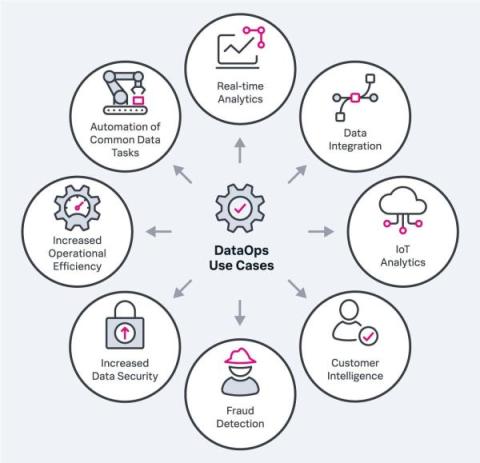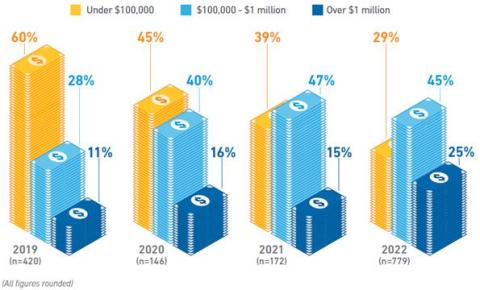Why Does Observability Need OTel?
To successfully observe modern digital platforms, a new data collection approach was needed. And OpenTelemetry (OTel) was the answer - an industry-agreed open standard - not a single vendor's approach - on how observability (O11y) data should be collected from a platform. This separates out data collection from the vendors’ platform of data processing and visualisation, making the data collecting approach vendor agnostic.










